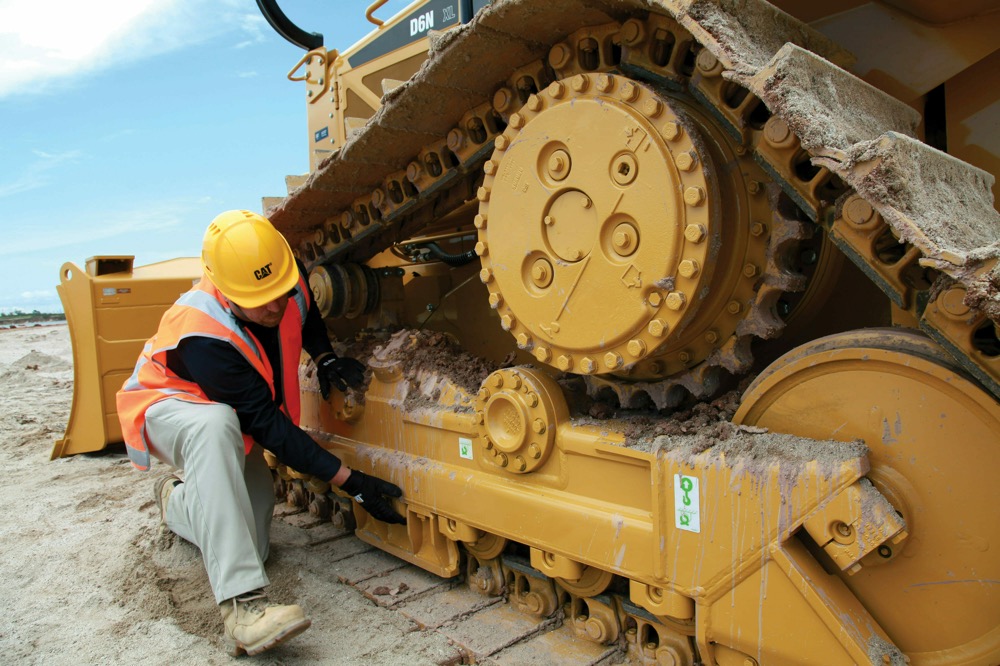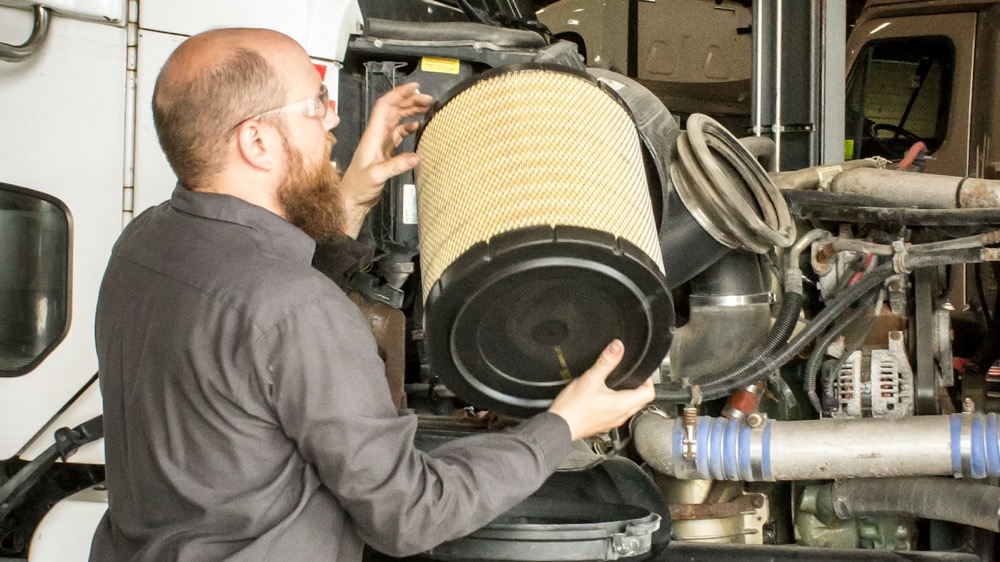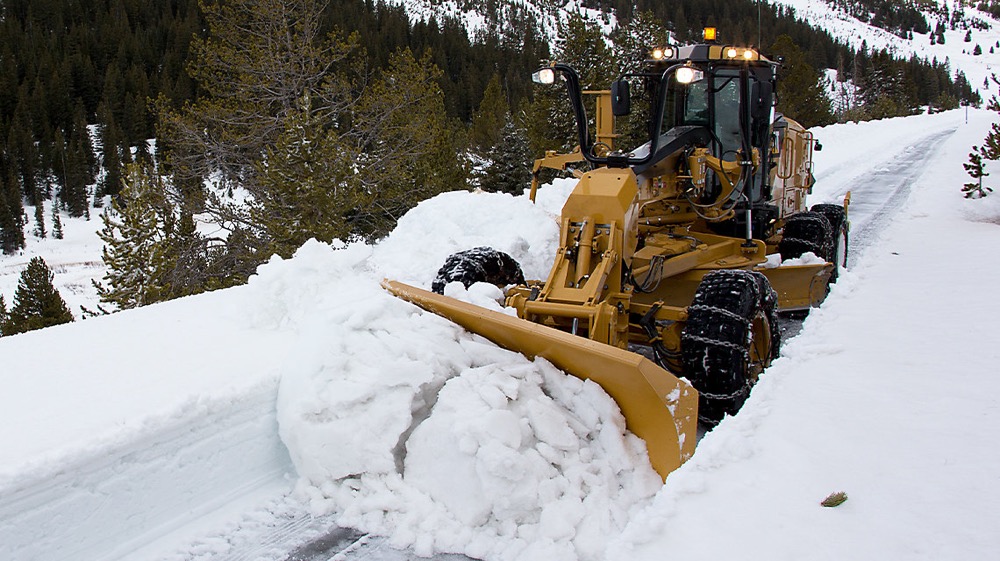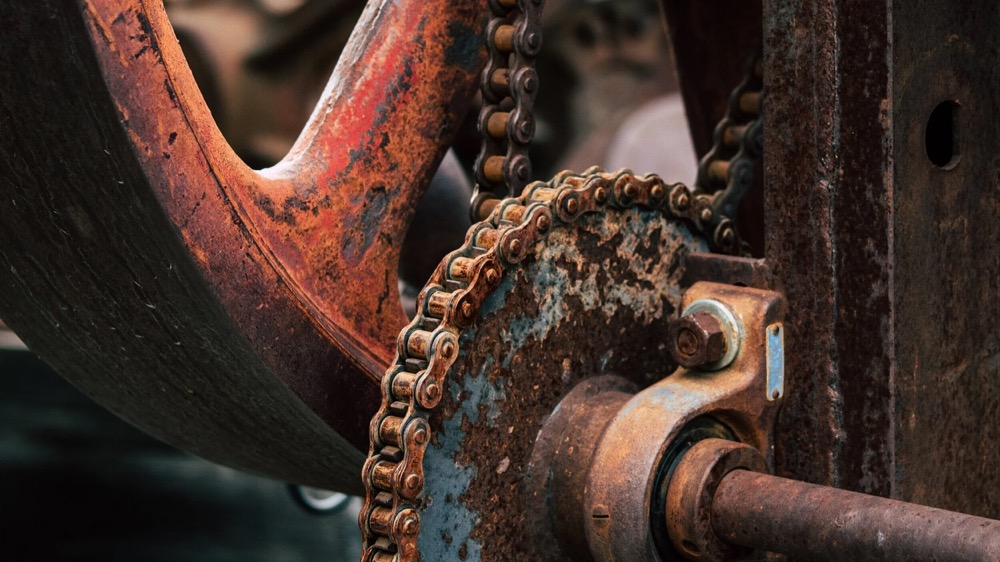
— August 04, 2025

This blog covers everything about wheel loaders, a vital type of construction equipment used for earthmoving, material handling, and excavation. From compact to heavy-duty models by brands like CAT, JCB, Tata Hitachi, Volvo, Hyundai, and Komatsu, it compares specifications, applications, safety, and helps buyers choose the right model—just like with a motor grader or excavator machine.
Wheel loaders are heavy machines that are used in the majority of industries like construction, mining, agriculture, and industrial processes. Valued for their power, efficiency, and performance, the machines are a key component of loading, earthmoving, and material handling tasks.
Whether to clear away construction rubble from a building site, load material mined onto a hauler, or haul farm feed on an agricultural farm, a wheel loader provides the performance and productivity you require. The machinery is equipped with front-mounted buckets to scoop, lift, and haul material on construction sites safely and efficiently.
This blog thoroughly covers the most significant facts about wheel loaders such as their types, uses, principal specifications, top models, potential hazards, and safety measures. In addition, it conducts thorough research on top companies like Caterpillar, Komatsu, Volvo, JCB, Hyundai, LiuGong, Tata Hitachi, L&T, ACE, XCMG and Liebherr that are all concerned with manufacturing good and long-lasting wheel loaders all over the world.
A wheel loader is a heavy-duty machinery vehicle with high power output used in operations such as loading trucks, digging, clearing, and laying pipes. It is mounted with a bucket on the front, which is used in scooping, lifting, and transporting materials such as gravel, sand, dirt, and rubble. Wheel loaders are ideal for short distances. They are a critical piece of machinery for effective earthmoving and construction.
There are several types of wheel loaders, each for specific operating applications by size, power, and application:
Wheel loaders are known for their versatility and are widely used across multiple industries due to their ability to handle a variety of materials efficiently:
Wheel loaders are famous for their versatility, allowing for different works, mainly because of their ability to move materials through and around sites with maximum efficiency. Within this sphere, we have:
Selecting the correct wheel loader should give attention to important technical parameters affecting performance, efficiency, and applicability to your working conditions:
| Brand | Model | Engine Power | Operating Weight | Bucket Capacity |
| CAT | 950 GC | 225 HP | 2.9 – 4.4 m³ | 18,849 kgs |
| JCB | 433-5 | 130 HP | 1.5 m³ | 10,835 kgs |
| Tata Hitachi | TL340H Prime | 121 HP | 1.8 – 2.7 m³ | 10,980 kgs |
| Komatsu | WA380Z-6 | 192 HP | 2.7 – 4.0 m³ | 17,420 kgs |
| Volvo | L120H | 255 HP | 2.6 – 9.5 m³ | 21,600 kgs |
| LiuGong | 856H Max | 225 HP | 3.5 m³ | 18,350 kgs |
| Hyundai | HL930I | 130 HP | 1.7 – 3.0 m³ | 10,600 kgs |
| L&T | 9020 | 133 HP | 1.5 – 3.5 m³ | 11,500 kgs |
| ACE | ALN 300 | 123 HP | 1.7 m³ | 9,970 kgs |
| Liebherr | L550 | 228 HP | 3.4 m³ | 17,750 kgs |
| XCMG | ZL55GV | 230 HP | 3.0 – 5.5 m³ | 17,300 kgs |
Operating a wheel loader involves many safety hazards, especially at higher speeds and in extreme conditions. Safety regulations benefit the operator, increase the machine’s longevity, and increase site productivity.
For durable and safe models from top brands, visit MechLink.
CAT 950 GC wheel loader – Boasting 225 HP and a bucket capacity of 2.9–4.4 m³, this medium wheel loader delivers reliable performance and Tier 4 emissions compliance. Ideal for construction, quarry, and material‑handling applications, with an operating weight of 18,849 kg
JCB 433‑5 wheel loader – Compact yet powerful, the 130 HP JCB 433‑5 features a 1.5 m³ bucket and weighs 10,835 kg. It’s perfect for tight‑space construction and landscaping jobs that demand maneuverability.
Tata Hitachi TL340H Prime wheel loader – This Indian‑market loader offers 121 HP with a 1.8–2.7 m³ bucket capacity and an operating weight around 10,980 kg. Engineered for efficiency in material handling and earthmoving tasks.
Komatsu WA380Z‑6 wheel loader – Featuring 192 HP, a 2.7–4.0 m³ bucket, and a heft of 17,420 kg, this Komatsu heavy‑duty wheel loader is built for construction, mining, and heavy material‑loading applications.
Volvo L120H wheel loader – Packed with 255 HP, a massive 2.6–9.5 m³ bucket capacity, and weighing 21,600 kg, the L120H excels in quarrying, aggregate handling, and forestry. A top‑tier heavy‑duty loader.
LiuGong 856H Max wheel loader – This model delivers 225 HP, a 3.5 m³ bucket, and weighs 18,350 kg. A robust wheel loader tailored for construction and mining projects, emphasizing performance and durability.
Hyundai HL930I wheel loader – With its 130 HP engine, 1.7–3.0 m³ bucket, and 10,600 kg operating weight, this compact wheel loader is suited for utility‑scale construction, landscaping, and material handling.
L&T 9020 wheel loader – Featuring 133 HP and a bucket capacity of 1.5–3.5 m³ at 11,500 kg, the L&T 9020 is designed for Indian construction and infrastructure sectors, offering strong serviceability and local support.
ACE ALN 300 wheel loader – Lightweight yet capable, the ALN 300 wheel loader provides 123 HP with a 1.7 m³ bucket and weighs just 9,970 kg. Perfect for compact operations and material handling in tight spaces.
Liebherr L550 wheel loader – With 228 HP, a 3.4 m³ bucket, and a 17,750 kg operating weight, the L550 model delivers high productivity for construction, mining, and general bulk material loading.
XCMG ZL55GV wheel loader – Offering 230 HP, a bucket range of 3.0–5.5 m³, and a weight of 17,300 kg, this Chinese‑built XCMG loader targets large‑scale construction and logistics with competitive pricing.
Selecting the right wheel loader requires a careful assessment of your project’s specific needs to ensure maximum productivity and efficiency:
Explore loaders that match your needs and budget at MechLink for the best deals on trusted brands like Caterpillar, JCB, Volvo, Tata Hitachi, Hyundai, Komatsu and LiuGong.
Wheel loaders are the backbone machines utilized in various industries with the best mix of power, efficiency, and versatility. From compact machines utilized in close urban operations to heavy-duty machines utilized in mining and road construction operations, there is a wheel loader for any need. Awareness of various categories, technical specifications, and choices provided by different manufacturers makes it easier to make informed decisions and thereby improves productivity and workplace safety.
Find top manufacturers like Caterpillar, JCB, Volvo, Tata Hiatchi, Komatsu, Hyundai, and LiuGong on MechLink, the trusted Indian platform for construction and mining equipment. Find the right equipment to meet your needs and budget comfortably.

Key components of heavy equipment undercarriage maintenance
December 19, 2025

How to change the hydraulic filter in your heavy equipment and why it matters
December 19, 2025

The best equipment for snow removal: heavy machinery to use this winter
December 18, 2025

How to prevent rust and corrosion on heavy construction equipment
December 18, 2025